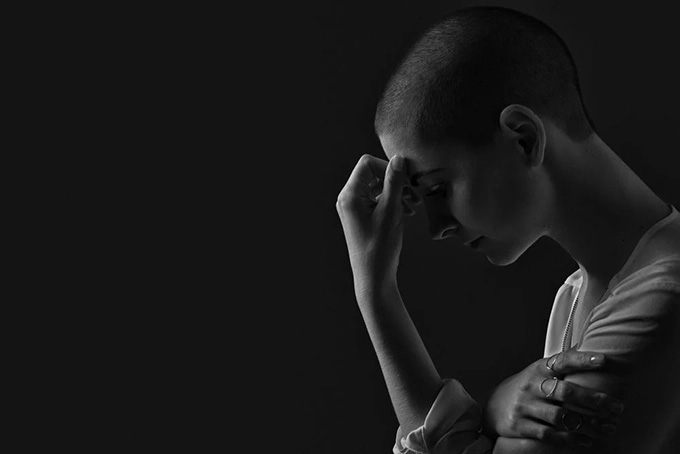
Suicidal behavior continues to be a global public health problem, which is close to pandemic levels. The latest data on deaths from this cause in the general population of Spain indicate that it remains the leading external death (3,941 deaths, 7.4% more than in 2019). In addition, it is 8% (314) higher in adolescents and young people (between 15 and 29 years).
Additionally, the Official College of Psychologists of the Community of Madrid has observed that suicide attempts in this age group increased by 250% in 2020 , compared to previous years.
Precisely, self-inflicted injuries or suicide attempts are the previous risk behaviors that best predict the future risk of death by suicide.
It has been shown that there are factors that protect in the medium and long term, promoting resilience in the face of adverse situations. In the same way, the absence of these factors can promote a greater probability of new more serious suicide attempts. These resilient factors , that is, strength in the face of trauma, must be assessed together with the risk factors.
Measure resilience against risk
Analysis of these protective factors against suicide attempts in adolescents and young people is still scarce, because attention is usually focused exclusively on risk factors: ideation (thinking about suicide), self-inflicted injuries or previous suicide attempts.
In this line, very few studies have attempted to predict a possible more serious suicide attempt in adolescents who have made previous self-inflicted injuries or a previous suicide attempt.
This screening process must be quick and discreet in order to foster a higher level of sincerity in a group that presents high suicidal vulnerability and does not want to recall previous risky behaviors.
It would also be very useful to analyze the level of resilience to these suicidal risk behaviors in adolescents outside the medical or clinical field, to offer support tools to teachers and professors in schools and institutes.
Focus on the positive
It is very encouraging to see that some studies are already focusing on protective factors, since these protect against the psychosocial impact of previous risk factors.
Although these protective factors appear to be interrelated, previous research suggests that each independently influences resilience to injury and suicide attempts.
For example, optimism tries to focus attention on the possibility of positive outcomes and plays a very important role in purposeful behavior.
As for hope, it is a priority to face a structural situation, which cannot be changed. Hence, optimism decreases states such as anxiety and hope modifies states such as depression, which seems to protect against injuries and suicide attempts in adolescents.
Screening for protective factors
Our team has designed a test ( SRSA-18 ) to assess resilience in adolescents between 13 and 18 years of age who have previously self-inflicted injuries or have attempted suicide. The SRSA-18 has been able to demonstrate its good performance and high reliability in this age group.
This scale consists of 18 questions that do not refer to the classic suicide risk factors, but exclusively assess protective factors through three large sub-dimensions:
- Internal protection: optimism, self-concept and sense of humor.
- Within the previous one, emotional stability: hope, self-control and impulse control.
- External protection: social skills, request for help and emotional social support.
The application of the SRSA-18 offers a final score that determines the level of resilience of each patient. If it is high (above 16 points), the performance of self-inflicted injuries or future suicide attempts is minimized, although previous risk factors could continue to exist.
Specific therapies
Strengthening these protective factors should be key during the psychological intervention process to avoid future more serious reattempts or suicide. But it is essential that this process be carried out by psychology professionals together with the parents of these adolescents.
Some third-generation psychological therapies such as Dialectical Behavioral Therapy also offer hopeful results in the face of previous injuries and suicide attempts in adolescents and young people.
Public health policies for the prevention of suicide in Spain must take effective measures such as increasing the number of psychologists in primary care (general health psychologists) and specialized health care (resident interim psychologists) in order to really fight against this social scourge, which is not being solved. exclusively, as has already been verified, with psychopharmacological treatments.
Author Bios: David Sanchez-Teruel is a Professor of the Department of Personality, Evaluation and Psychological Treatment at the University of Granada and Maria Auxiliadora Robles-Bello is a Professor of the area of evolutionary psychology and education of the Department of Psychology at the University of Jaén
